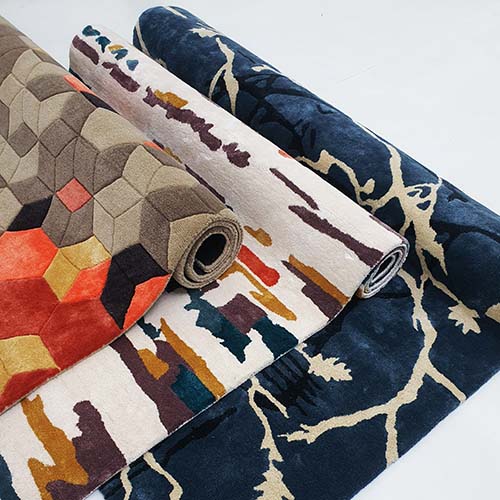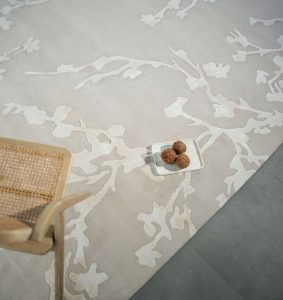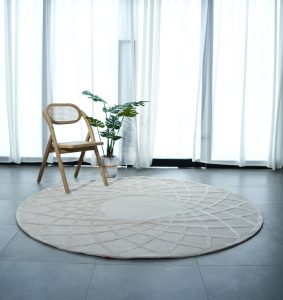Today, we explore the exquisite techniques that bring these masterpieces to life:
1. Hand Tufted - An artistic masterpiece
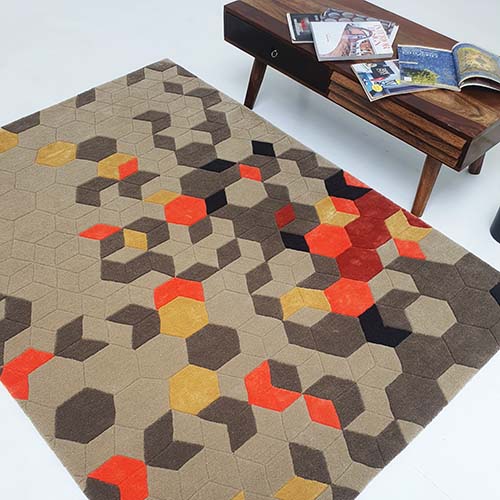
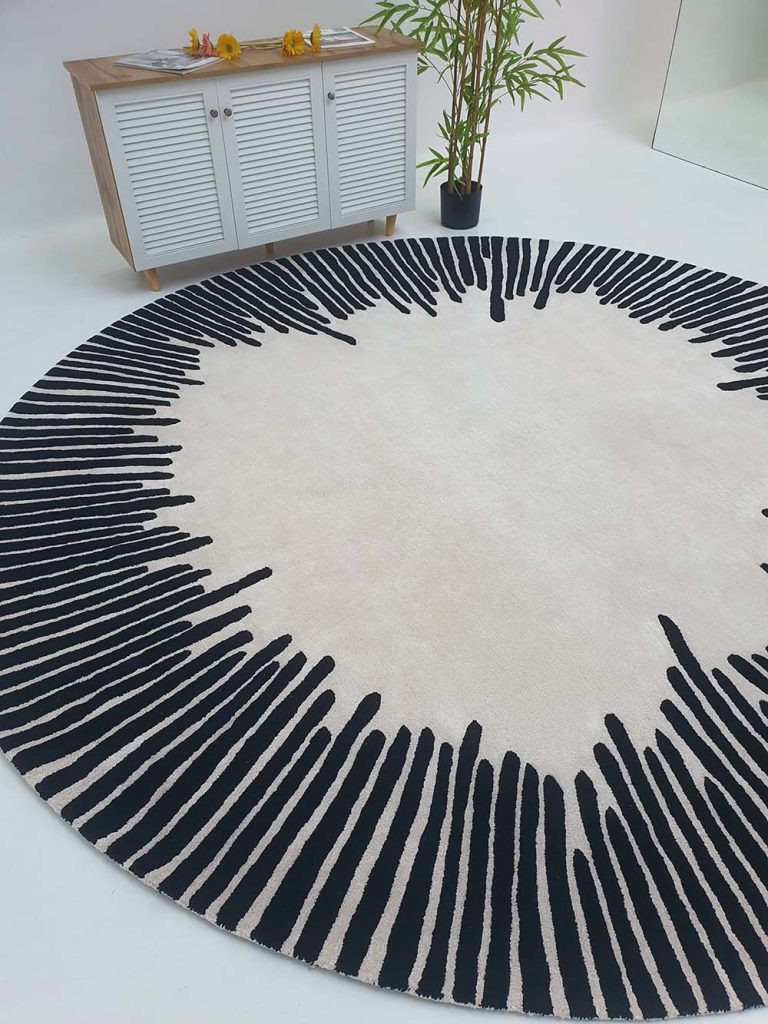
2. Hand-Knotted: One knot at a time
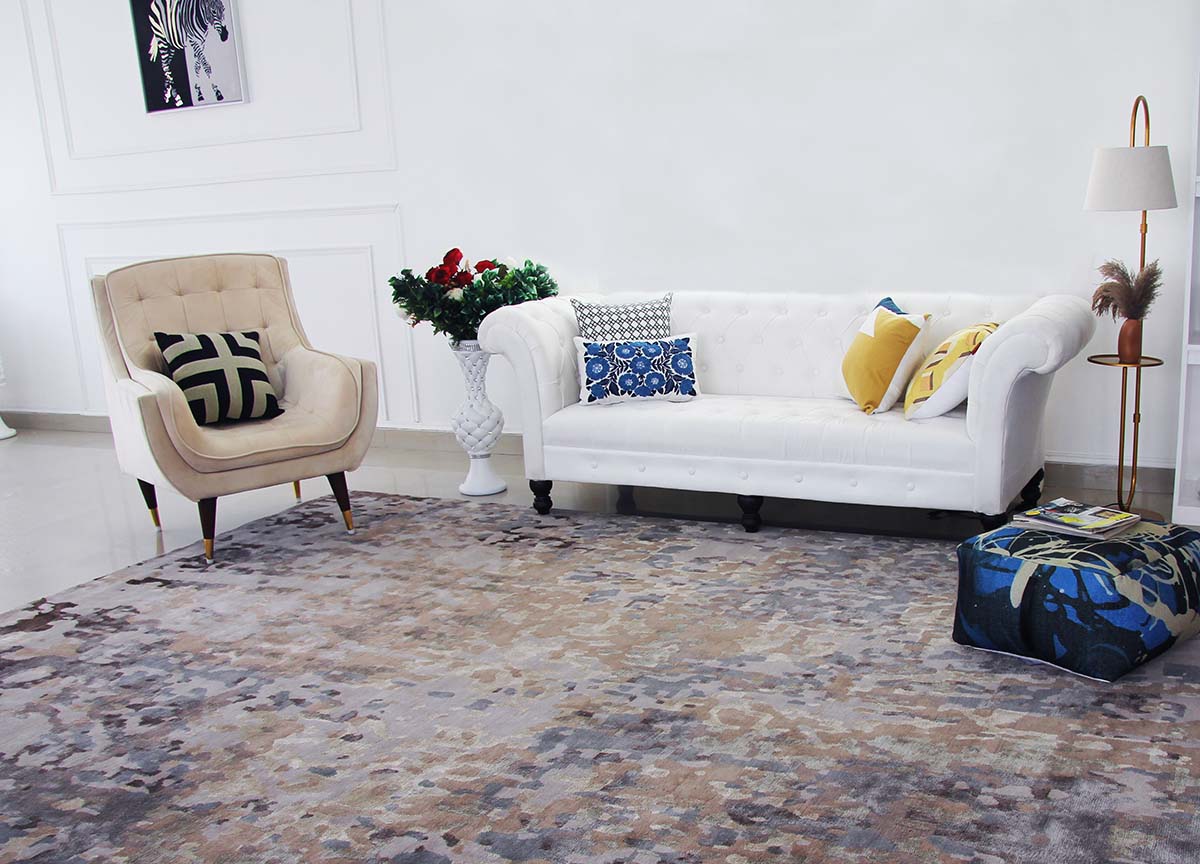
These carpets are very durable and are known to last for a very long time. The time and detail put into each piece guarantee a quality product that is passed down for generations. The patterns may vary from the conventional Persian rug patterns to modern rug abstract patterns and are done with such intricate detail and color density that cannot be achieved by mass production.
3. Hand Loom: A blend of modern with tradition
Handloom carpets perfectly blend the traditional method of weaving carpets and new designs that are fashionable in the market. This method entails the process of weaving the carpet using a hand-held loom whereby the weaver passes the weft threads through the warp to form the carpet.
The process begins with tying the warp threads to the loom, which are the longer threads running along the length of the carpet. The weft threads are inserted through the warp with the help of a shuttle, thus forming the structure of the fabric. Handloom rugs can be woven in both flatweave and pile techniques, which gives different texture and design options.
Handloom carpets are known for their delicate look and fine surface feel. The uniqueness of the weaving technique makes the fabric highly polished and even that is suitable for modern and traditional home decoration. They may be made with wool, silk or cotton and each of these materials gives the carpet a different feel and sheen.
The techniques of hand-tufted, hand-knotted, and handloom carpet making are more than just methods of production—they are artistic expressions, each with its own unique story and heritage. These carpets are not merely floor coverings; they are heirlooms, embodying the dedication, skill, and creativity of the artisans who craft them. In every knot and weave, they hold the legacy of a timeless craft, bringing beauty and warmth to the spaces they grace.
